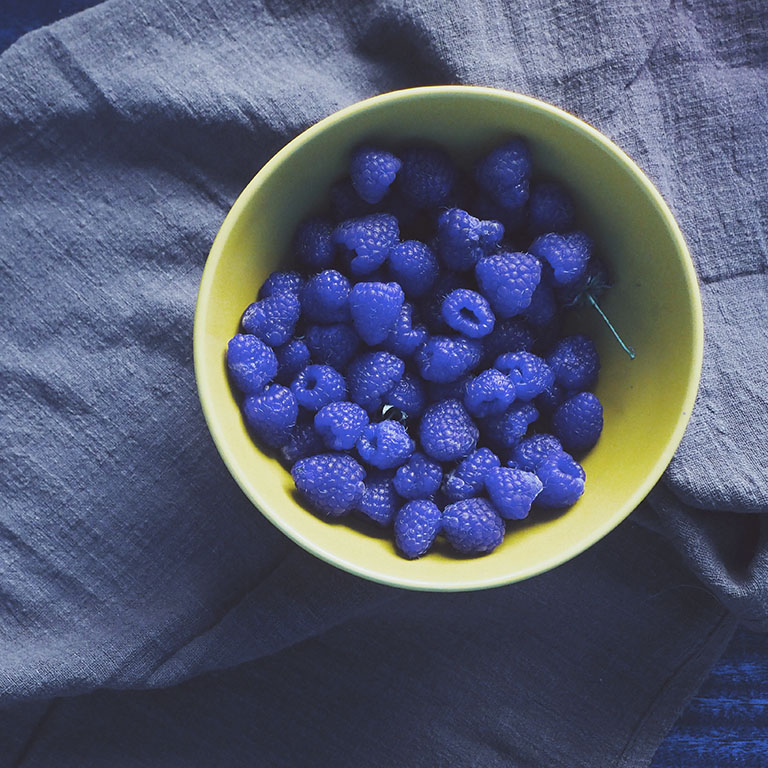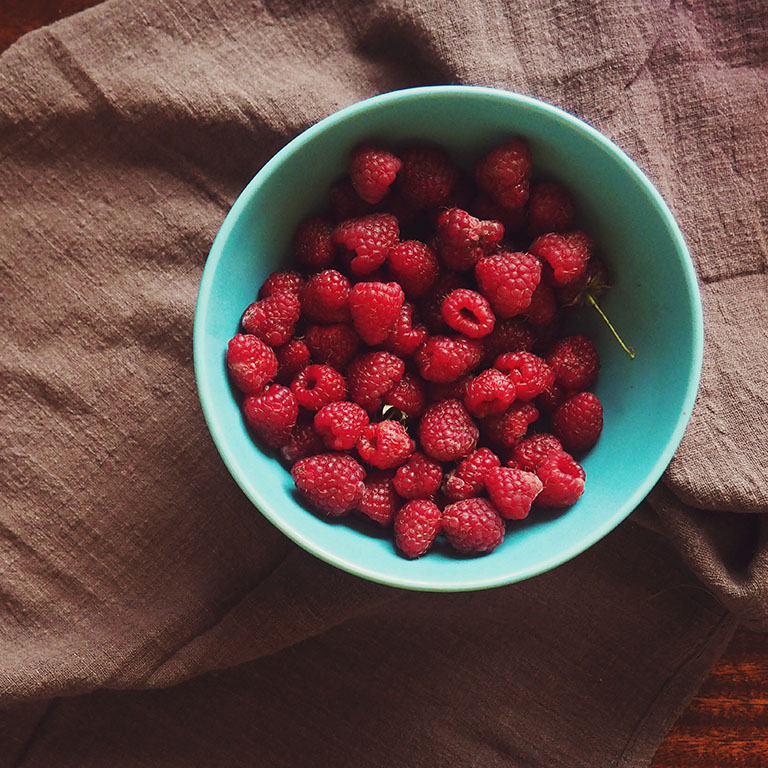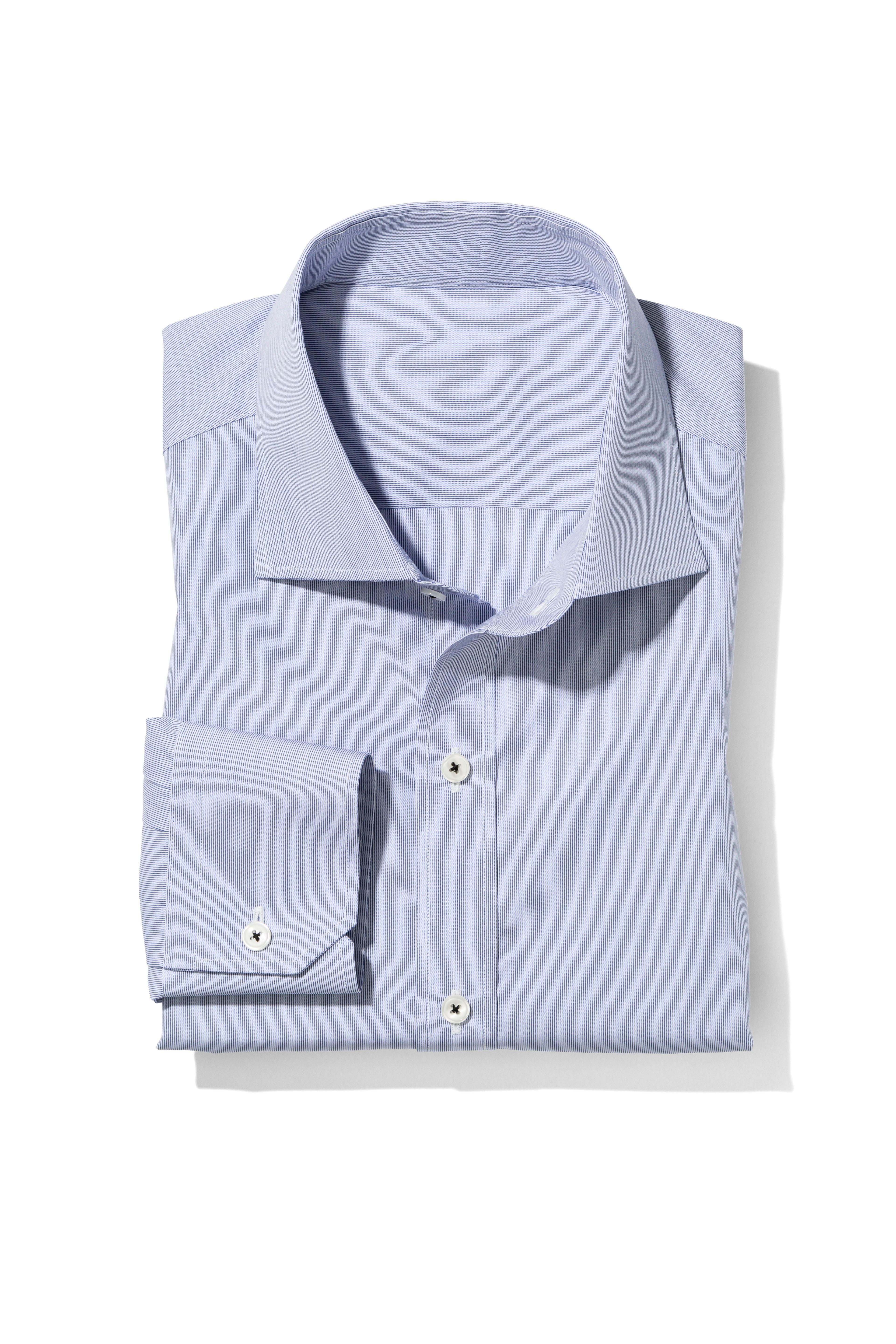There are a couple of possible answers here. I'll start with the simple one.
The following settings will produce output nearly identical to GDI+, assuming you're using the highest-quality settings for DrawImage.
MagicImageProcessor.EnablePlanarPipeline = false;
var settings = new ProcessImageSettings
{
Width = 400,
Height = 400,
ResizeMode = CropScaleMode.Max,
HybridMode = HybridScaleMode.Off,
BlendingMode = GammaMode.sRGB,
Interpolation = InterpolationSettings.Cubic,
SaveFormat = FileFormat.Jpeg,
JpegQuality = 75,
Sharpen = false
};The HighQualityBicubic interpolation DrawImage is adaptive -- in an undocumented way -- so results will likely not be 100% identical, but that's as close as MagicScaler gets, and it still works about twice as fast and with a small fraction of the GDI+ memory usage.
And now for some more detail...
It seems you've discovered that both the interpolation and sharpening in MagicScaler are also adaptive. The adaptive logic is a heuristic that I developed in working with some fairly large image sets, but there can certainly be cases where it may pick less than ideal settings. I'm always looking to improve that if you have some sample images that highlight problems.
In general, the sharpening is increased as scaling ratio increases, so scaling from very large to very small will have pronounced sharpening. That is, of course, customizable if you can work out settings that you prefer (although again, if there's a change I can make to the heuristic, I'd be all for that).
Also, the automatic interpolation selection will choose a sampler with a smaller window when performing a very high ratio resize with hybrid scaling disabled. The defaults for interpolation and hybrid scaling are meant to work together to give good speed and quality, but there may be room for improvements there.
The sRGB blending mode used by GDI+ is almost always inferior to the default Linear mode used by MagicScaler. I included that setting above because it's what GDI+ uses, but it's less mathematically correct and less visually-pleasing than Linear blending.
And finally, the EnablePlanarPipeline setting disables an optimization in MagicScaler that handles YCbCr images differently than RGB images. If your input images are JPEG, that optimization is enabled by default, but since it's something that GDI+ doesn't do, I included it above. This is unlikely to make any visible difference in the output images, but it does make a significant improvement in performance. It's something else you can experiment with.
I hope that helps, and again, if you can provide samples that show problems or room for improvement, that would be most appreciated.





Are there some settings that can be used to mimic the behavior of scaling an image with GDI+?
I have tried using the below settings but high resolution images still produce thumbnails that differ from GDI+.
My goal is to produce thumbnails that look the same to my image processing algorithm as it is much faster to run the algorithm on smaller images. Scaling using GDI+ produces very similar results with or without scaling. MagicScaler seems to produce slightly different images especially if the source image is of very high resolution, e.g. 15204x4942 or 8688x5792.
I have also tried using HybridScaleMode.Off but that was actually worse.